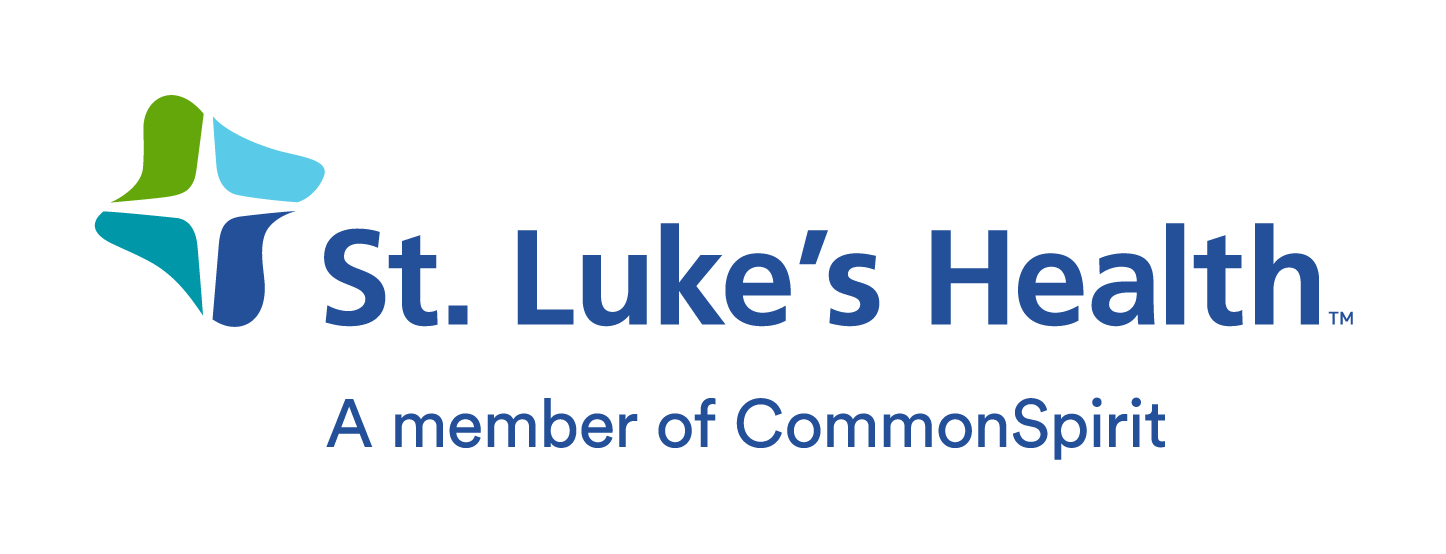Did you know that stroke is the fifth leading cause of death among Americans and a leading cause of disability? Each year, more than 795,000 people experience a stroke.
While the condition is common, it isn’t always well-understood. Knowing the facts about stroke can help you protect yourself and those around you. Read on to get the facts about stroke, the symptoms it can cause and what to do when they occur.
A stroke is a medical emergency that occurs when blood flow to the brain is disrupted or cut off. There are two main types of stroke—ischemic stroke and hemorrhagic stroke. Of the two, ischemic stroke is by far most common, accounting for nearly 90 percent of all strokes.
An ischemic stroke occurs when a blood clot blocks an artery leading to the brain, cutting off blood flow. A hemorrhagic stroke, on the other hand, occurs when a blood vessel in the brain ruptures, causing blood to flood a portion of the brain.
While the two types of stroke work differently, they both have a life-threatening impact. The longer the brain goes without oxygenated blood, the more damage it sustains. Severe and prolonged brain damage can lead to disability and even death.
When a stroke occurs, immediate medical treatment is often needed, either to restore blood flow to the brain (ischemic stroke) or to repair a burst blood vessel (hemorrhagic stroke). That’s why it’s important to recognize the symptoms of stroke and act fast.
There’s a handy acronym for remembering certain stroke symptoms. If you are concerned someone may be having a stroke, think and act F.A.S.T.:
Have the person smile and check for facial drooping on either side of the face.
Have the person raise both arms and see if one arm drops or dips down.
Have the person repeat a simple sentence to see if speech is slurred.
If any of these symptoms are present, it’s time to call 911.
In addition to facial drooping, arm weakness and speech difficulties, other symptoms can also be an indicator of a stroke. Symptoms may include:
Sudden confusion
Sudden dizziness or loss of balance
Sudden difficulty seeing out of one or both eyes
Sudden difficulty with walking or coordination
Sudden numbness or weakness, particularly on one side of the body
Sudden severe headache with no known cause
Notice that each of the symptoms listed above starts with sudden. The sudden emergence of symptoms is one way to differentiate stroke symptoms from those of a less serious medical issue.
Any time stroke symptoms occur, it’s important to seek immediate medical attention by calling 911. While they may possibly be a symptom of a different medical condition, there’s no time to waste when the brain’s at stake. It’s far better to seek medical attention and be diagnosed with a minor medical issue than to let stroke symptoms worsen, which can be deadly.
One other note: Seek emergency attention even if your symptoms don’t last long. A transient ischemic attack, or TIA, can cause stroke symptoms that typically last for a few minutes. TIAs, which are also sometimes called ministrokes, are similar to ischemic strokes. They are due to a blood clot blocking blood flow to the brain, but the clot dislodges within a short time.
While that might not seem like an emergency, it is. A ministroke is often a precursor to a full-blown stroke, with nearly 1 in 5 people who have a TIA having a stroke within 90 days. Receiving medical care, even for fleeting symptoms, will allow you to take steps to lower your risk of a stroke in the future. Your brain will thank you.
Learn more about the high-level stroke care at Baylor St. Luke’s Medical Center and The Woodlands Hospital.




